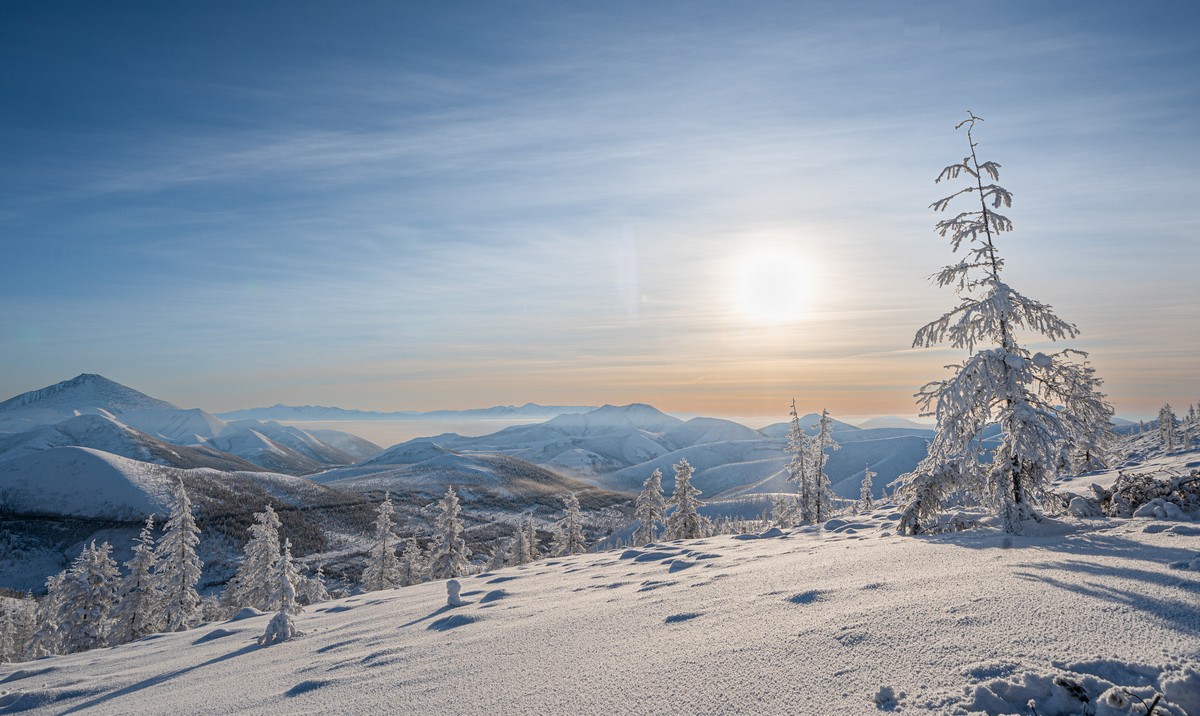May 12, 2022
Driving 600km *on* Lake Baikal – by moi, et al.!
Despite these hard times, we continue our work saving the world from all manner of cyber-maliciousness. We adapt; we carry on. Meanwhile, I hope my travel notes and photos will bring a little cheeriness to all who view them – because there’s hardly a better way to do that than with the beauty of nature (and a spot of -50° adventure).
[Health warning! There follow a zillion active-tourism pics from a frozen Lake Baikal; the effect may be too much for your senses; you may faint. You have been warned!]
Onward – westward – on our MYB expedition, and suddenly… we’d reached Lake Baikal! Not that we really noticed at first, for we arrived in Severobaykalsk (here) at the northern end of the lake in the dead of night. It was only the following morning when I opened the curtains in my room at the Aurora Hotel when I got my first glimpse of the mind-blowing view of this mind-boggling lake…
Coming up, the final, and perhaps most fun segment of our expedition: driving upon the frozen lake from its very top end almost all the way down to the other end in the south for a full ~600km! Six hundred kilometers on the ice of the world’s deepest lake (including four shore-to-shore crossings along the way). Oh my giddy!…
























